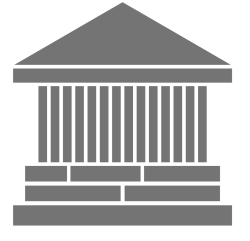|
Latvia’s journey towards a lean Digital Government Architecture was presented at the informal EU Member States Government CIO Network Meeting held in Gdańsk, Poland, on June 16, 2025. The event provided a platform for exchanging insights with peers from across Europe and exploring shared challenges and collaborative solutions in advancing digital government through enterprise architecture. |
Presentation outlines Latvia’s approach to public sector digital transformation through the development of a lean Enterprise Architecture Management (EAM) framework. Grounded in the National Digital Strategy (2021–2027), the framework integrates legal, organizational, semantic, and technical perspectives to ensure strategic alignment between policy objectives, public investments, and the implementation of digital initiatives.
Led by the Ministry of Smart Administration and Regional Development, in collaboration with the academic sector and key national stakeholders, the initiative builds on recognized standards and best practices such as TOGAF, EIRA and EIF. The approach also incorporates best practices from the private sector, notably from financial institutions that operate within high-complexity architectural environments.
Architecture governance is structured across three levels—national, domain, and project—and is supported by the State Architecture Forum. Latvia’s model includes a multi-tiered framework featuring national principles, domain-specific target architectures, and project-level solution governance, which are integrated into national strategic planning and EU-funded project selection mechanisms.
Key takeaways from the Latvian experience include: (1) the gradual institutionalization of architecture governance, (2) active engagement of domain architects and stakeholders, and (3) integration with portfolio and investment planning. At the same time, several challenges remain, including (1) the establishment of centers of excellence, (2) limited EAM capacity and formal architect roles within institutions, (3) ongoing uncertainties regarding target architectures, and (4) legacy complexity across existing systems and solutions.
